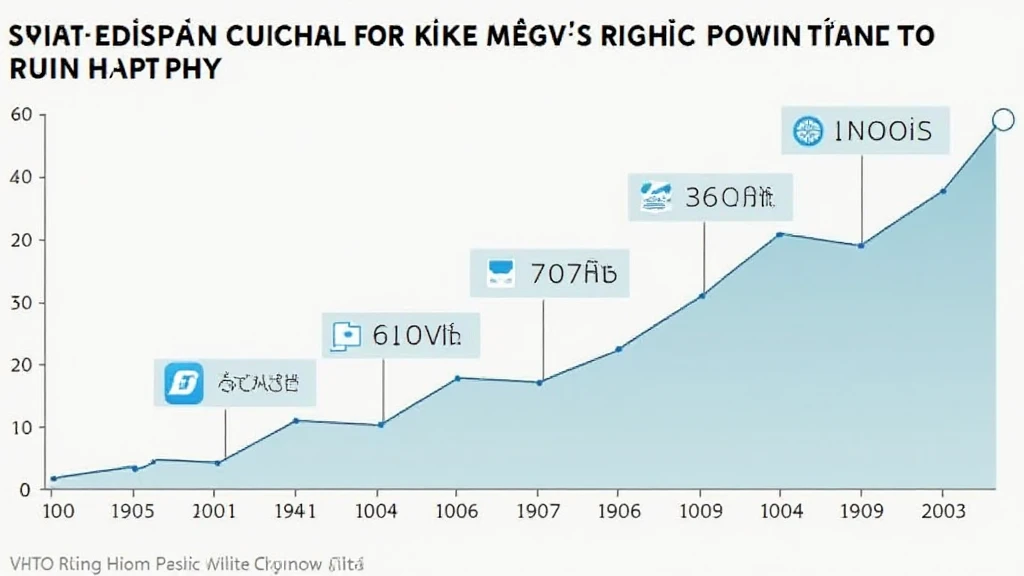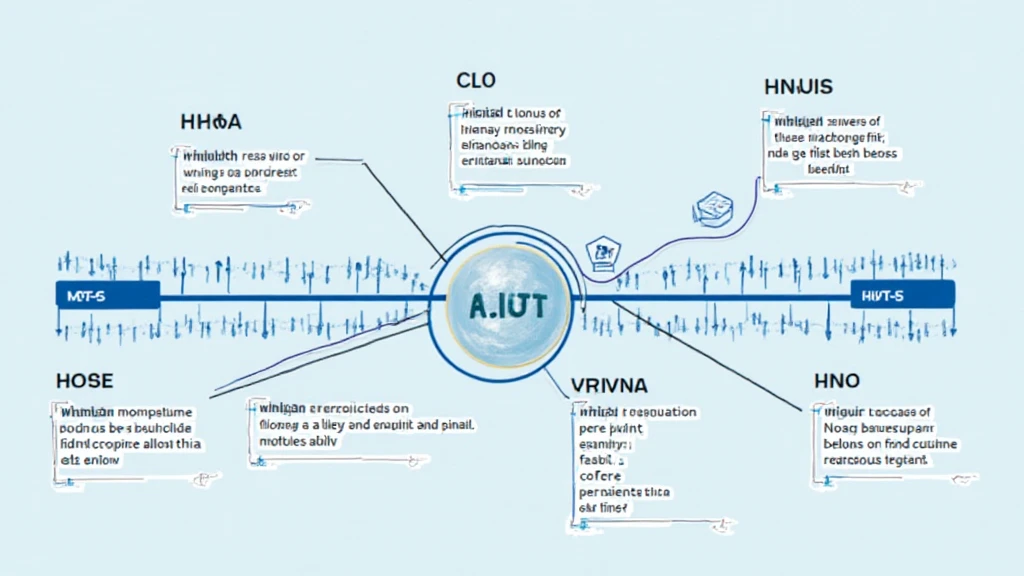Vietnam’s Path to Crypto Stablecoin Adoption: Insights and Challenges Ahead
As the cryptocurrency market continues to evolve, stablecoins are emerging as a significant subset, particularly in regions like Vietnam. With a rapidly increasing user base in the crypto space, Vietnam’s potential for stablecoin adoption is substantial. Recent estimates suggest that the number of Vietnam-based crypto users grew by an impressive 45% in just the last year, highlighting a shift towards digital assets. In this article, we will explore the dynamics of Vietnam’s crypto stablecoin adoption, discussing the opportunities, challenges, and future landscape.
The Rising Trend of Stablecoins in Vietnam
Stability is the name of the game, especially when it comes to cryptocurrencies. Stablecoins, pegged to fiat currencies or other assets, provide a much-needed parity in an otherwise volatile market. For Vietnamese users, this offers a way to engage in crypto transactions while mitigating risks of price fluctuations.
According to recent research by hibt.com, the Vietnamese stablecoin market is projected to grow by over 30% in the next two years. This growth is fuelled by an increasing number of merchants accepting stablecoins as valid payment methods, and by the regulatory advancements that are beginning to support this digital ecosystem.

Understanding Stablecoin Mechanisms
Stablecoins operate primarily through three mechanisms:
- Fiat-Collateralized: Backed by real-world currencies, these stablecoins provide an easy avenue for users to convert crypto back into fiat.
- Crypto-Collateralized: These are secured by other cryptocurrencies, often over-collateralized to maintain stability.
- Algorithmic: These stablecoins use smart contracts to control supply and demand and work to keep the price stable.
In Vietnam, the fiat-collateralized stablecoins, such as USDT and USDC, dominate the market due to their direct correlation to the US Dollar and strong adoption among traders and investors.
Market Conditions Favoring Adoption
The growing Vietnamese economy, coupled with the deep penetration of smartphones and internet access, creates a fertile ground for stablecoins.
Key factors influencing adoption include:
- Financial Inclusion: Stablecoins can offer unbanked populations access to a form of financial security.
- International Transactions: With cross-border remittances making up a sizeable portion of Vietnam’s economy, stablecoins provide a cost-effective medium.
- Investment Vehicle: Vietnam’s younger population, increasingly interested in investing, sees stablecoins as a safer option amidst market volatility.
Government Regulations and Their Impact
Regulatory frameworks play a crucial role in the adoption of cryptocurrencies, including stablecoins. Vietnam’s government has taken a cautious yet progressive approach, with ongoing discussions about the legal status of digital assets.
In 2023, the Vietnamese government released a statement discussing the need for regulations surrounding cryptocurrencies and digital currencies—terms like “tiêu chuẩn an ninh blockchain” (blockchain security standards) have been highlighted. Proper regulations can assure users of the security of their assets and help mitigate fraudulent activities.
Challenges to Overcome
Despite the promising outlook, certain hurdles must be navigated to achieve widespread adoption:
- Lack of Awareness: Many potential users are still unfamiliar with how stablecoins function and their benefits.
- Legal Uncertainty: The unclear status of cryptocurrencies in Vietnam creates hesitation among potential investors.
- Technological Barriers: Not everyone has access to the necessary technology or understanding to utilize stablecoins effectively.
Real-World Usage of Stablecoins in Vietnam
To foster stablecoin adoption, a unique focus on real-world applications is necessary. Examples of how Vietnamese businesses are integrating stablecoins:
- Online Merchants: With platforms like hibt.com, businesses are integrating stablecoins into their payment gateways.
- Remittance Services: Companies like Vinaset are emerging, using stablecoins to offer cheaper cross-border remittance options.
- Investment Platforms: Platforms are offering users the ability to store value in stablecoins while earning interest.
Future Prospects for Crypto Adoption in Vietnam
Looking to the future, there’s no doubt that stablecoin adoption will continue to grow in Vietnam. Projections suggest that by 2025, there could be a 500% increase in stablecoin integration among various sectors, particularly in e-commerce and remittance services.
The market will also likely benefit from increasing educational initiatives aimed at raising awareness about the benefits of stablecoins. Overall, as the technology matures and the regulatory landscape becomes clearer, Vietnam is poised for a significant leap into the stablecoin realm.
Conclusion
The adoption of crypto stablecoins in Vietnam represents a vital shift toward a digital economy. With promising trends in user growth, supportive government regulations, and innovative applications, Vietnam may very well become a leader in stablecoin usage in Southeast Asia. The journey will be challenging but rewarding—driving financial innovation and inclusion in this developing economy.
As we see the landscape evolve, staying informed about updates and developments is crucial. Make sure to explore more about market nuances and opportunities right here on mycryptodictionary.
Written by Dr. Nguyen Van Hoan, a financial technology expert with over 15 published papers on blockchain integration in emerging markets and a lead consultant on the Digital Currency Adoption project in Vietnam.





